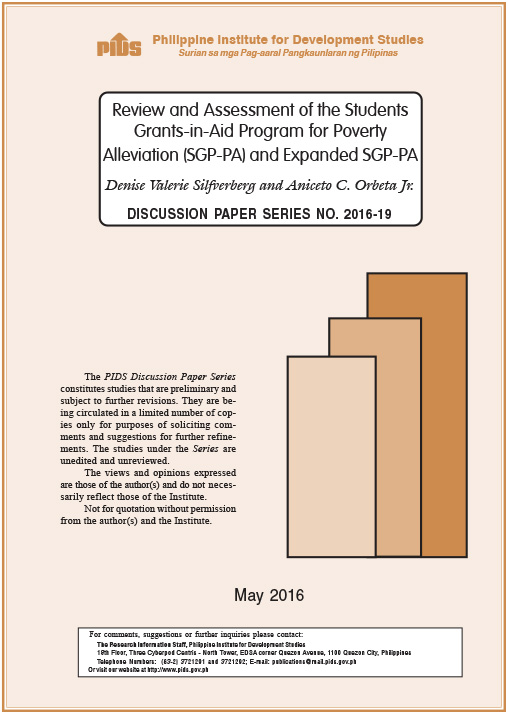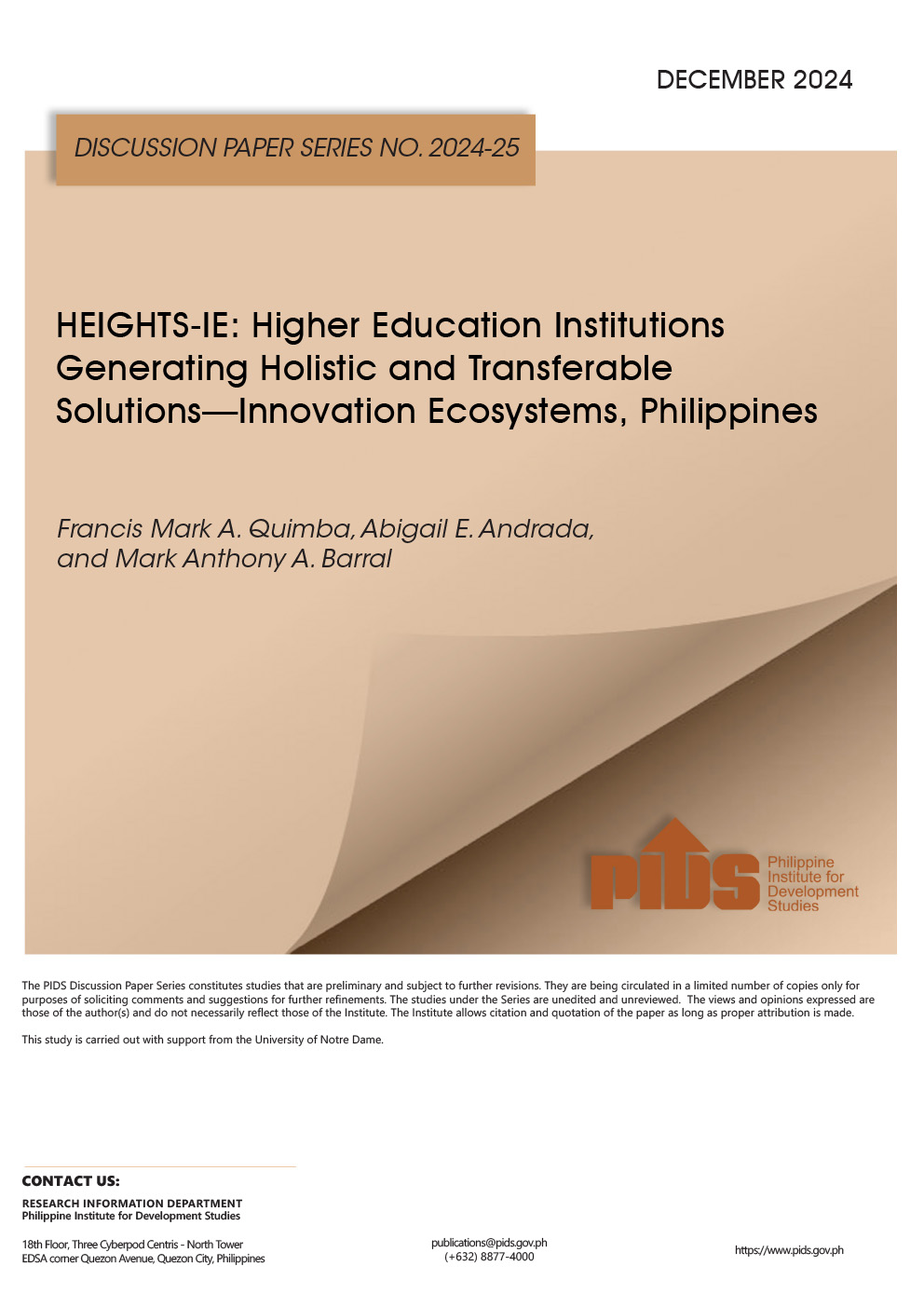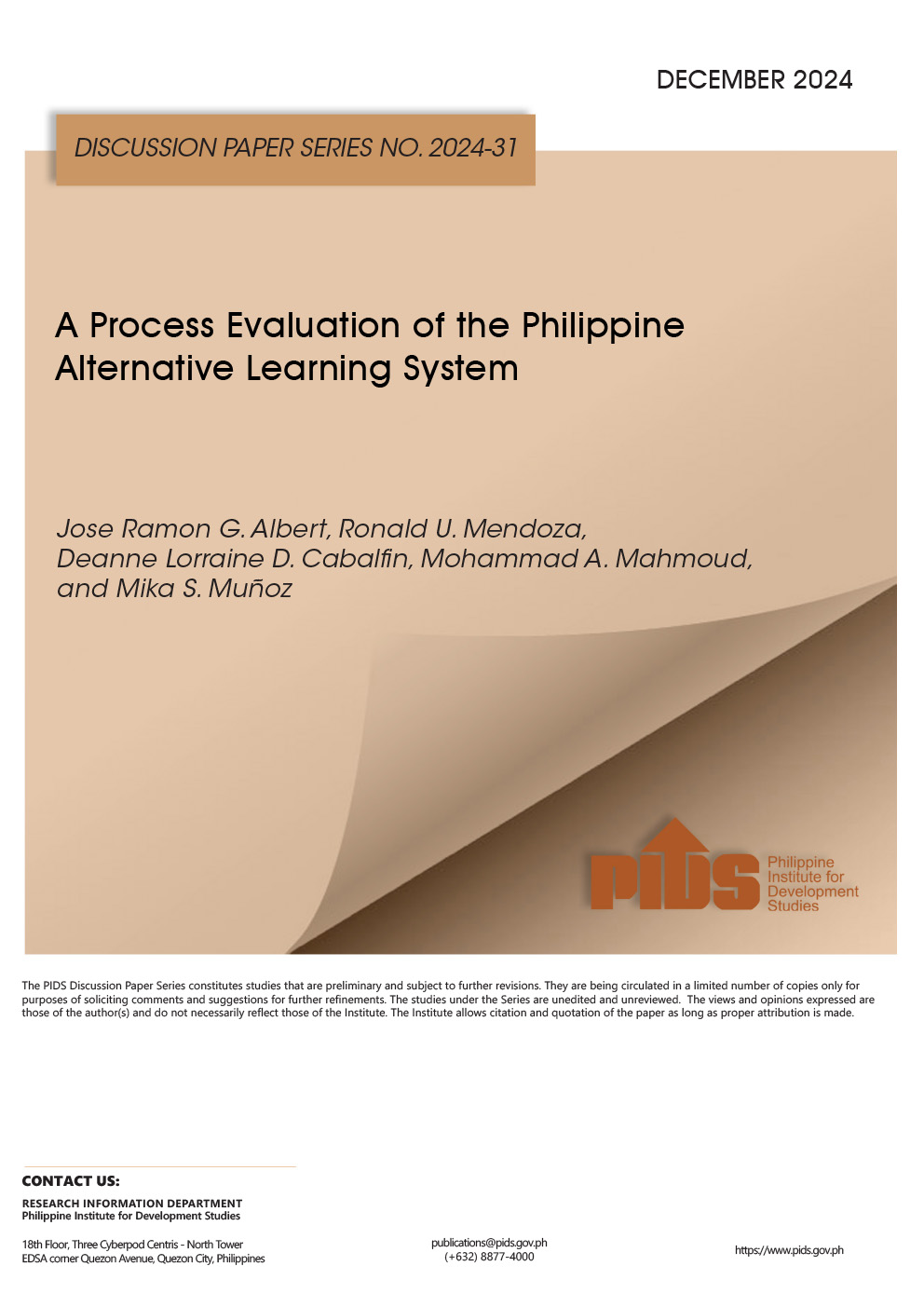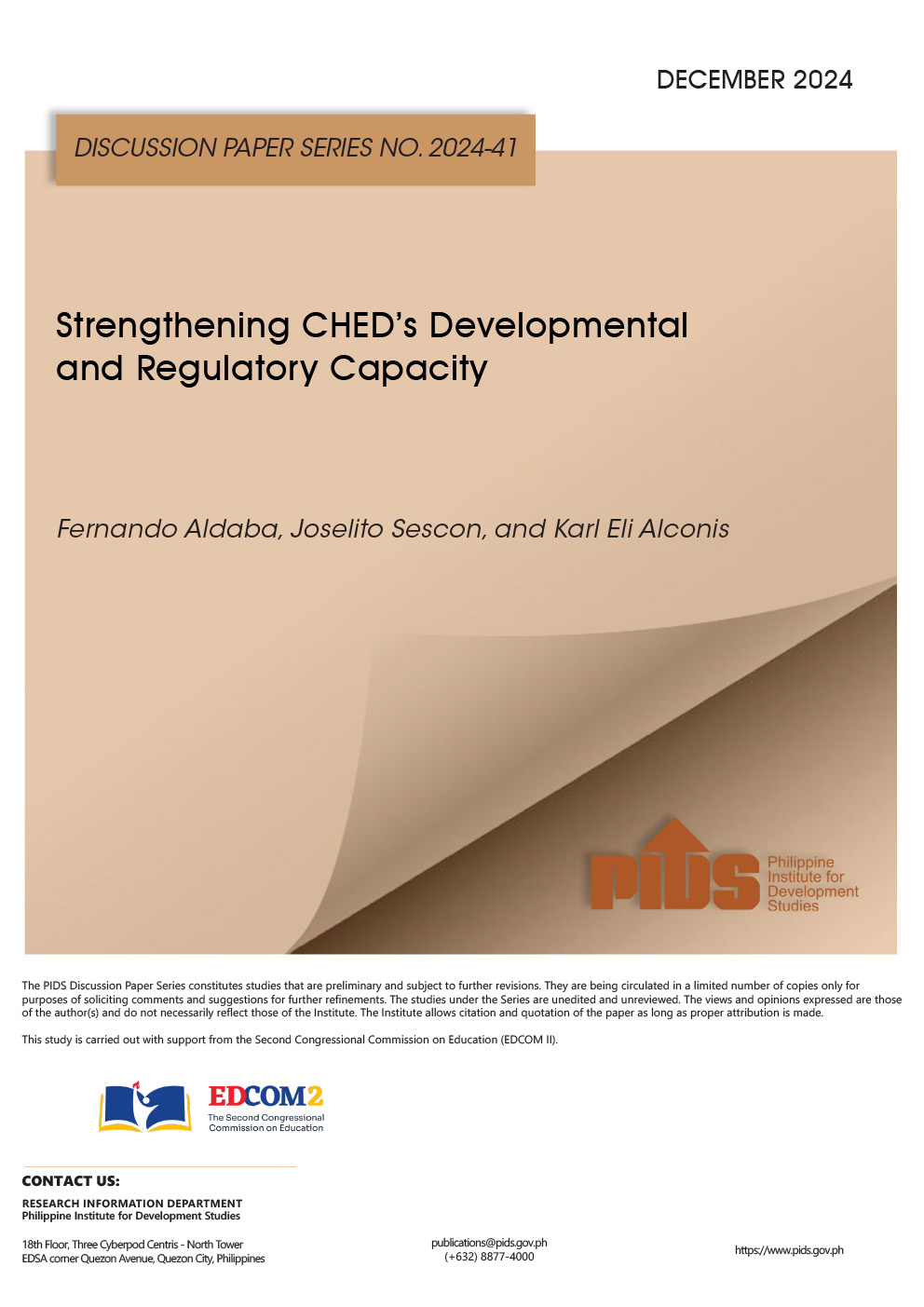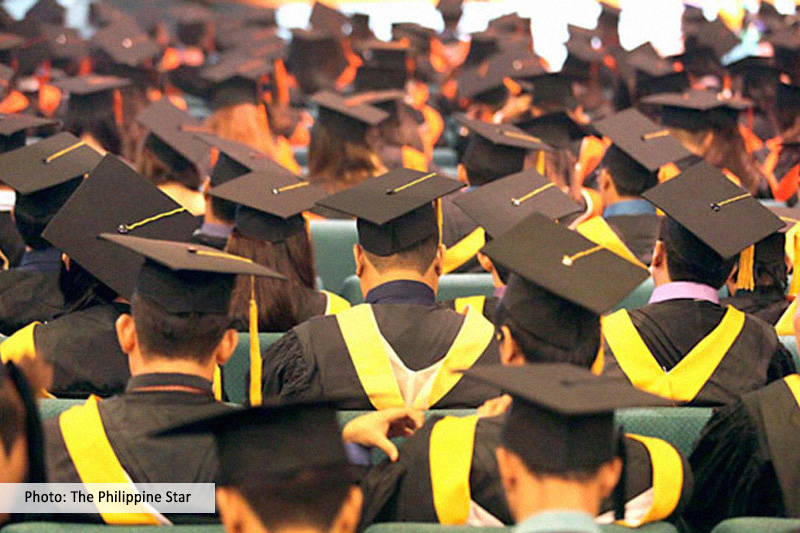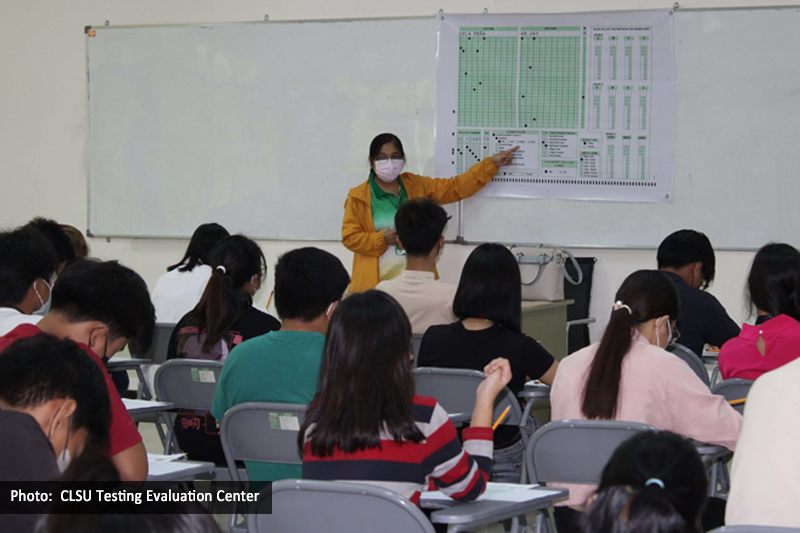Making higher education more accessible for the poor serves the equity objective. Until today, the main policy tool to achieve this objective is funding public higher institutions. This has been shown to have no significant correlation on the enrollment of the poor by earlier studies. This paper assesses a new initiative of the Philippine government called the Students Grants-in-Aid Program for Poverty Alleviation (SGP-PA) implemented starting 2012. While there are other grants-in-aid programs, SGP-PA has two important unique features, namely, (a) it is well-targeted to identified Pantawid Pamilya households and (b) it provides a grant amount that is sufficient to cover all normal education expenses including living allowance. The assessment is done by comparing the academic performance of grantees to that of their peers. The results show that their poorer socioeconomic background appears to be reflected only in their poorer grades in the first year. By their second year, they are already performing at par in Math and even better than their peers in Science and English. The study also highlights the importance of entrance exam scores in the academic performance of both grantees and their peers. Finally, the study also documents the challenges that the program is facing and provides recommendations on how to address these challenges.
Citations
This publication has been cited 2 times
- Brennan Weiss. 2017. PHILIPPINES: Senate passes bill for free public university tuition . University World News.
- Silfverberg, Denise Valerie; Orbeta, Aniceto Jr. C.. 2017. Mabungang walong buwan . Abante.

